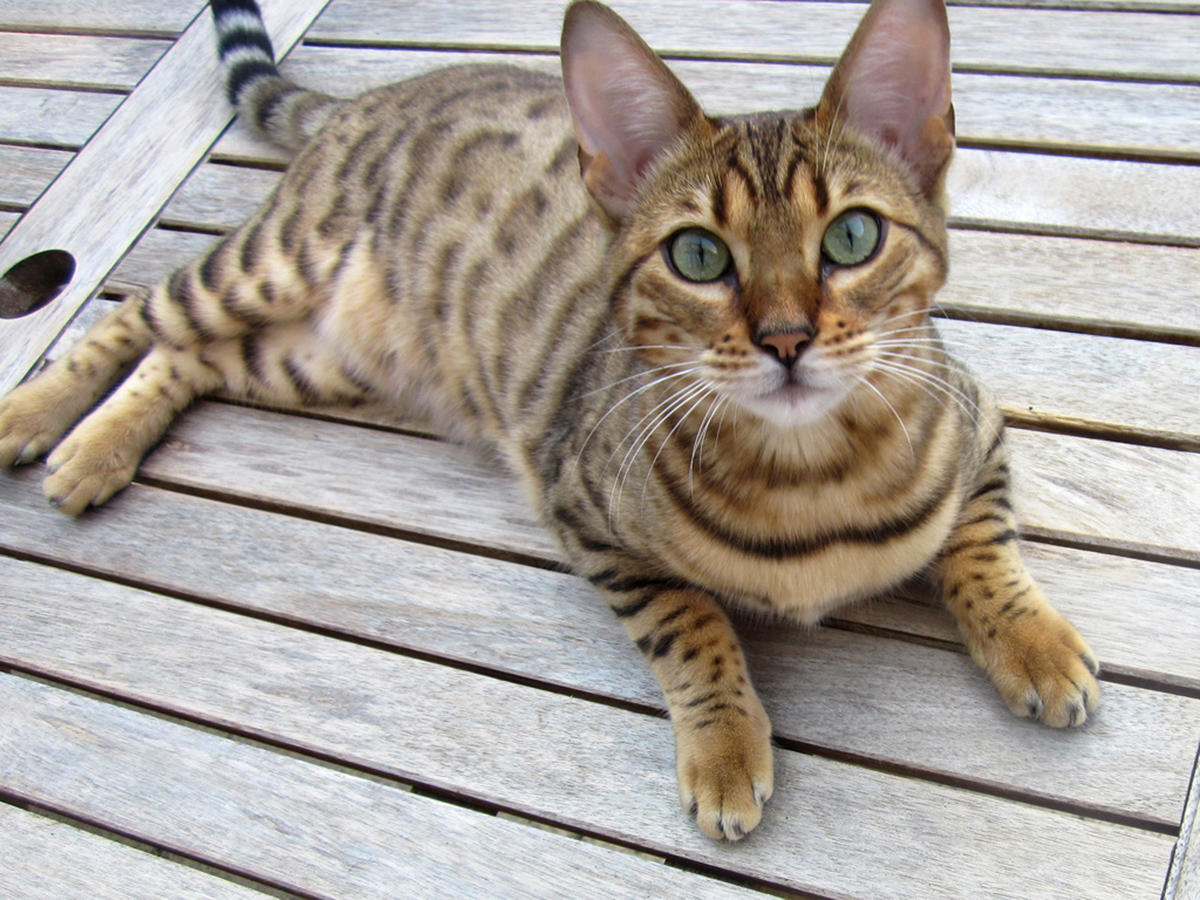Table of Contents
1. Increased Thirst
Is your pet drinking more than usual? Do you have to refill those doggy- and kitty-bowls more and more? This is called polydipsia and is one of the first signs of diabetes.
2. Increased Urination
If your pet's drinking more than usual, they'll probably start urinating more than usual. Needing to go outside more, or having little "accidents" in your house are signs of polyuria, another early sign of diabetes.

3. Increased Hunger
Does your pet suddenly want to eat a lot more? Without insulin, your pet's body cannot assimilate blood glucose, leaving them fighting for energy. This is known as polyphagia.
4. Sudden Weight-Loss
Even when eating more than usual, diabetes will make your pet lose weight. This is because diabetes increases metabolism.
5. Fatigue
Diabetes will make your pet weak and lethargic. In your cat, this manifests as weak back and hind-leg muscles (this is caused by diabetes damaging the nerves). In dogs, this is shown by sleeping more than usual, lethargy, and being less active.
6. Thinning hair
Thinning hair, skin conditions, or a bad coat are signs of diabetes in both cats and dogs. If your pet's hair has started to thin, especially on the back, there is usually a cause. Always see your vet.
7. Cloudy eyes
See the vet immediately if you notice your dog has cloudy eyes. Diabetes predisposes them to cataracts.
8. Urinary Problems
In addition to increased urination, as diabetes advances, it may predispose cats to secondary bacterial cystitis. Take your cat to the vet if you notice any signs of infection, such as your cat straining to urinate, or passing blood in their urine.
9. Depression
As diabetes continues to advance, ketoacidosis, acidosis caused by the breakdown of fat and protein in the liver. It's caused by a long-term lack of insulin, may develop. High levels of ketones are toxic and this toxicity can cause depression in your pet. If your pet becomes inactive, withdrawn and their sleeping and eating patterns change, especially in conjunction with other symptoms, see your vet immediately.
READ Ways Pets Make You Healthier
10. Vomiting
Vomiting is another serious later symptom of diabetes, caused by ketoacidosis. Ketoacidosis is more common in older pets and females, as well as breeds such as dachshunds. If your pet's vomiting, see your vet.
I think my pet's diabetic
If you think your pet has diabetes, take them to the vet as soon as possible. There will usually be some tests, including a routine blood and urine test. High blood glucose levels don't always mean diabetes, however, so your vet will usually run additional tests to confirm the diagnosis and rule-out other causes.
These tests may include glycosylated haemoglobin concentrations, which measures the levels of glucose in the blood over the preceding weeks and is more accurate than a one-off test.
Your vet will probably be unwilling to make a diagnosis of diabetes based on a single abnormal test, however, and may want to monitor your pet's condition and retest in a couple of months.
What if my pet is diabetic?
If your pet is diabetic, try not to panic.
Although poorly-controlled diabetes is very damaging, controlling your pet's diabetes will help them to live a full life.
Your pet requires dietary modification and medication, but by following your veterinarian's advice and being committed to your pet's care, your cat or dog can enjoy a happy and fulfilled life.
Although learning to deliver insulin injections and test your pet's blood glucose levels is a challenge and a responsibility, by managing your pet, they have an excellent prognosis, enjoying an excellent quality of life that may last well into a comfortable old age.
- icatcare.org/advice/cat-health/diabetes-mellitus
- www.petmd.com/dog/slideshows/general-health/top-ten-signs-your-pet-has-diabetes
- www.petmd.com/dog/conditions/endocrine/c_dg_diabetes_mellitus_wo_complication
- pets.webmd.com/cats/guide/feline-diabetes-symptoms-treatments-prevention-diet
- pets.webmd.com/dogs/features/depression-in-dogs
- pets.webmd.com/cats/guide/feeding-tips-for-a-cat-with-diabetes
- pets.webmd.com/dogs/guide/dog-diabetes-symptoms-treatment
- thebark.com/content/preventing-and-treating-canine-diabetes
- Photo courtesy of Moyan Brenn: www.flickr.com/photos/aigle_dore/6672148025/
- Photo courtesy of sjdunphy: www.flickr.com/photos/sjdunphy/8117203851/
- Photo courtesy of Moyan Brenn: www.flickr.com/photos/aigle_dore/6672148025/


Your thoughts on this